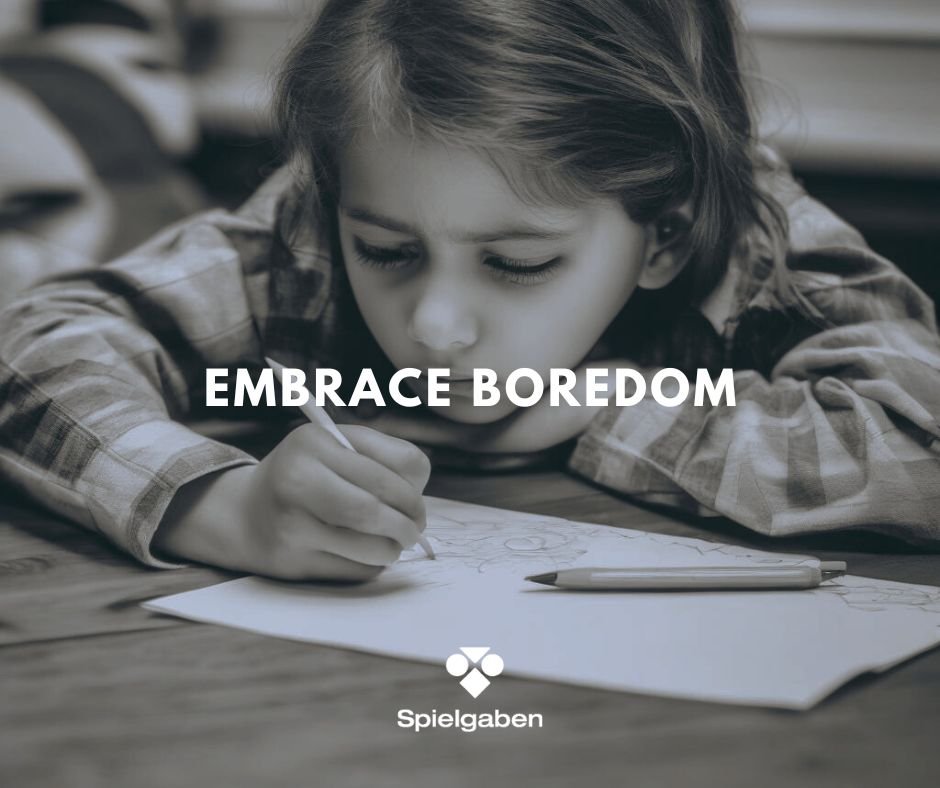What we can learn from Dacher Keltner, Consultant of Pixar’s “Inside Out 2”
Dacher Keltner, a psychology professor at UC Berkeley, has spent decades studying human emotions. Known for his work on happiness, Keltner has more recently turned his focus toward a unique emotion—one that can elevate everyday life and bring about feelings of joy, connection, and calm.
This emotion is AWE. Keltner believes awe can help us feel happier and more fulfilled, and he’s written a book, “Awe”, to explore this further. For parents, Keltner’s research offers valuable insights into how we can cultivate awe in our children, bringing moments of wonder, curiosity, and calm into their lives.
Here, we’ll explore how awe can enrich our children’s lives and offer practical ways to experience it together every day.
What Is Awe? Why It Matters for Children’s Happiness and Well-being
In Keltner’s words, awe is that sense of wonder we feel when we encounter something vast, extraordinary, or deeply moving, often beyond our understanding. It’s more than just being impressed; it’s an emotion that opens our hearts, makes us feel connected to the world, and moves us beyond our everyday worries. While awe may sound like a lofty concept, children can experience it quite naturally—through nature, art, kindness, and even simple daily moments.
Key Benefits of Awe for Children:
– Increased Happiness and Calm: Awe reduces stress and helps children feel connected to something greater than themselves, providing comfort and calm.
– Encouragement of Kindness: Children experiencing awe often become more empathetic and generous, willing to help others.
– Curiosity and Learning: Awe sparks curiosity, motivating kids to ask questions, explore, and understand the world around them.
By fostering awe, parents can help children grow into happier, more compassionate, and resilient individuals.
How to Find Awe in Everyday Life with Your Children
1. Make Awe Walks a Weekly Routine
One of Keltner’s main suggestions for feeling awe in daily life is taking an “Awe Walk.” An awe walk is more than a simple stroll—its purpose is to slow down, notice details, and appreciate the world around us. To begin an awe walk with your child, you might choose a local park, a forest, or even a city garden. Point out the way leaves rustle in the wind, the colors of the sky, or the movement of clouds. As you walk, encourage your child to observe closely as though they’re seeing things for the first time.
Practical Tips for an Awe Walk in your life:
– Start Small: You don’t need to plan a long hike or drive far. Start by walking around your neighborhood or a nearby park.
– Pause and Look Closely: Encourage your child to touch the bark of a tree, listen to the sound of water in a creek, or feel the texture of grass.
– Reflect Together: After the walk, talk about what you noticed. Ask questions like, “What did you find the most amazing?” or “Did anything surprise you?”
2. Encourage Childlike Curiosity in Everyday Moments
Children are naturally curious, and awe encourages them to see the world with fresh eyes. Embrace this curiosity by taking a little extra time to observe simple things closely—whether it’s watching an insect crawl, observing the shape of a rainbow, or following the flight of a bird.
Practical Tips For Encouraging Curiosity:
– Engage with “Why” and “How” Questions: When your child asks questions about the world, take a moment to consider them together.
– Slow Down on Ordinary Tasks: Take a moment to watch how water flows from the faucet or notice how shadows change throughout the day.
– Create Small Surprises: Try adding small, unexpected changes to your routines. You could make a point of noticing different flowers on the way to school or observing how things look under the moonlight.
3. Introduce Awe-Inspiring Art and Stories
Art and storytelling are powerful ways to open a child’s mind to awe. Look for stories or activities that showcase big, beautiful ideas about kindness, courage, or nature. You could read about the vastness of space, the beauty of the ocean, or real-life heroes who made a difference.
Practical Tips for Awe through Art and Storytelling:
– Explore Nature Documentaries or Science Shows Together: There are many age-appropriate documentaries and shows that introduce the wonders of nature, animals, and the universe.
– Choose Books and Movies with Grand Themes: Look for stories about exploring new lands, solving mysteries, or taking on acts of kindness.
– Create and Reflect: Draw, paint, or build something inspired by nature or by stories you’ve read. Afterward, ask your child how it felt to create something new. You can also create and reflect using Spielgaben or Lego.
4. Notice Kindness as a Path to Awe
Keltner’s research shows that awe can come from observing acts of kindness, no matter how small. Watching someone help a stranger, compliment another person, or show appreciation can inspire children to think beyond themselves and feel the warmth of community and connection.
Practical Tips for Practicing Awe through Kindness:
– Be an Example of Kindness: Show kindness in small ways—like holding the door for someone, giving a compliment, or showing patience.
– Acknowledge Kind Acts: When you notice someone being kind, point it out to your child. Say something like, “Did you see how that person helped their friend? That was really thoughtful.”
– Encourage Small Acts of Kindness: Help your child think of ways they can be kind, such as sharing a toy, making a card for a friend, or helping a sibling.
Cultivating a Mindset of Gratitude and Wonder in Daily Life
One of the simplest ways to experience Awe Daily is through Gratitude. This can help children focus on the good things around them and recognize the beauty in life’s small moments.
Make Gratitude a Daily Habit
End each day by reflecting on one or two things you and your child are thankful for. This doesn’t need to be grand—a beautiful flower, a warm bed, or a fun moment with family are all great things to notice and appreciate.
Practical Tips for a Gratitude Practice:
– Ask Specific Questions: Instead of a general “What are you thankful for?” try more specific prompts like, “What’s one beautiful thing you saw today?” or “What did someone do today that made you feel happy?”
– Model Gratitude: When you express gratitude, your child is more likely to do the same. Let them hear you say things like, “I’m so grateful for this sunny day” or “That was such a nice walk we had together.”
– Create a Gratitude Journal or Jar: Encourage your child to jot down or draw a picture of something they’re thankful for each day and add it to a special journal or jar.
Making Awe a Daily Habit: The Lasting Benefits for Your Child
Keltner believes that awe is a vital, universally shared emotion that not only connects us to the larger world but also brings us closer to one another. By intentionally building awe into daily life, we help our children experience the joy, wonder, and deep calm that comes from feeling part of something bigger. This, in turn, can help them grow into compassionate, curious, and resilient individuals.
With these practices—whether it’s a walk in the park, a quiet moment of gratitude, or observing a stranger’s kindness—we can nurture awe in our children, bringing moments of happiness, curiosity, and peace into their daily lives.













LEAVE A COMMENT